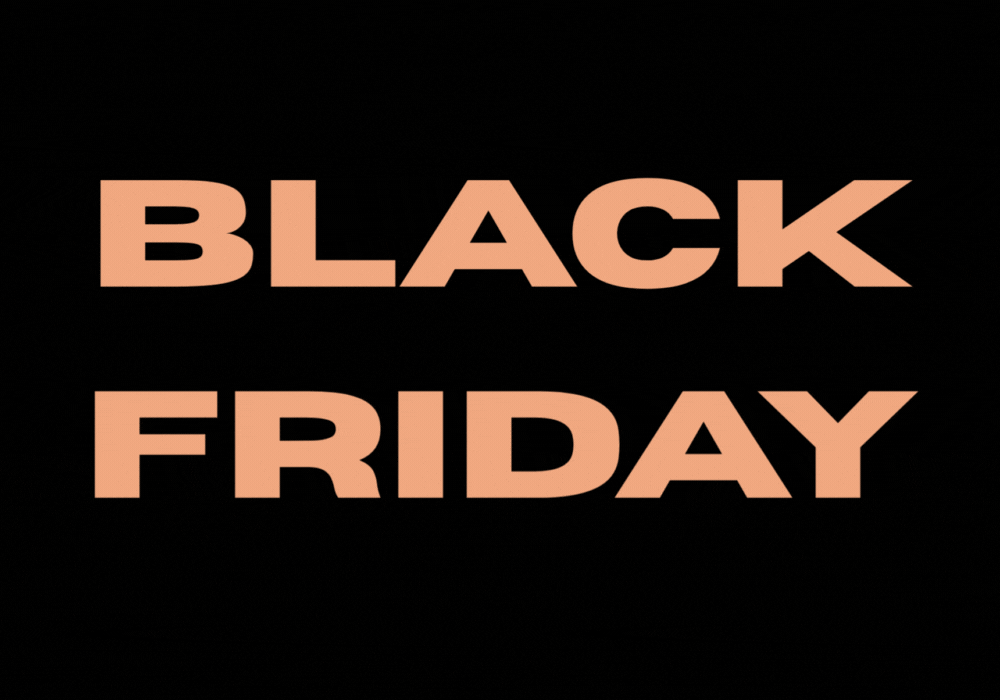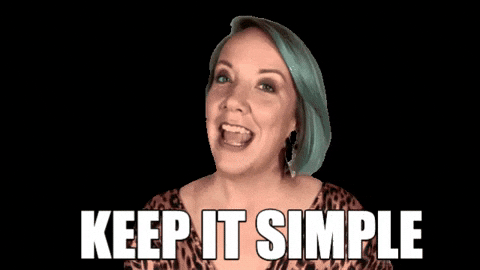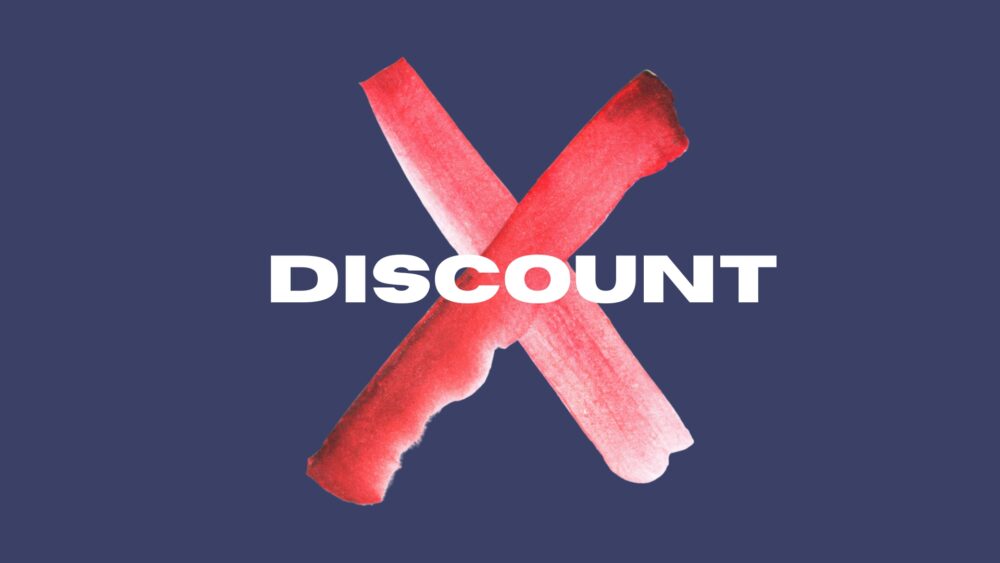
Vibe coding: The word of the year that could actually...
- Opinion
- Website Development

It’s a question a lot of B2B teams ask every year: does Black Friday actually matter for us? On the surface level, it appears the answer is no. Black Friday is noisy, consumer-driven and discount-obsessed, the opposite of long, considered B2B buying cycles. But Black Friday matters more to B2B than most people realise and it’s not just about the discounts.
The question here isn’t “Should my B2B business run discounts?” It’s about finding the best Black Friday tactic for your business. B2B audiences behave differently from consumers, however, they still search, compare, research, and plan in Q4.

via GIPHY
Black Friday matters for B2B even if you never run a discount. Why? Because as the year draws to a close, business buyers naturally start reviewing their tools, processes, and upcoming budgets. And that leads to a noticeable spike in early-stage research across B2B categories.
In Q4, business buyers:
And if you’re not showing up, your competitors will.
Data shows B2B is adopting this moment. More B2B companies are treating Black Friday as a meaningful business season. In fact, commercetools reports that nearly 30% of B2B companies make a noticeable amount of revenue during the Black Friday period. But here’s the key point: They’re not making revenue because of discounts. They’re making it because buyers are actively researching and evaluating suppliers
Whether they’re looking for a new CRM, project management tool or a new equipment supplier, people are often intrigued about how they can improve their operations in preparation for the new year. Even if a business won’t buy anything right away, the Black Friday period acts like a reminder to start looking at new suppliers.
Even for long sales cycles, creating awareness and comparison content becomes critical.
So B2B brands benefit simply by being present – not by acting like retail brands.

However, Black Friday can create many problems for companies that sell to other businesses, especially for those dependent on lead generation and these long, complex sale cycles. Key challenges include:
This matters during Black Friday because more people are researching and comparing you to others, and a bad user experience makes them leave immediately.

via Giphy
Black Friday isn’t a one-size-fits-all. It only makes sense for certain B2B businesses.
Best fit for businesses where:

This approach aligns with how B2B buyers think: long-term outcomes, not impulse bargains.
It’s also worth noting that discounting can sometimes undermine trust. For high-value, expertise-driven services, sudden price cuts can feel unprofessional or suggest the original pricing wasn’t justified. Offering added value avoids that problem — while still giving buyers a meaningful reason to act.
These give buyers confidence, reduce internal pushback, and create space for faster decision-making, especially during year-end budgeting.
A cross-channel visibility plan keeps your brand in front of buyers wherever they’re researching.
Black Friday isn’t just a marketing moment – it’s an operational one.
Mid-funnel content is where decisions are made. When it’s strong, you win more of the buyers already showing intent.
Not every B2B business needs to “do Black Friday,” but every B2B business should understand whether the moment is strategically useful. Here’s a simple framework to help you decide:
This may all seem overwhelming but the main message is that for B2B brands Black Friday is a search opportunity, not a sale. It’s not about acting like a retail brand, consumer-style flash discounts or cramming B2B buying cycles into a 48-hour promo window. It is a visibility moment, a point in the year when search behaviour spikes, buyers start evaluating options, and teams plan next year’s tools, platforms and suppliers.
The brands that win aren’t the ones slashing prices.
They’re the ones who:
Black Friday isn’t about selling but being found and for search-led B2B businesses, that’s where the real advantage lies.